Israel is massing tens of thousands of troops near the border with Link, while appearing to prepare for a ground attack. If troops enter, Israeli soldiers will face Hamas fighters in a densely populated urban area. Feras Kilani, from the BBC Arabic service, has covered several wars in the Middle East and, on many previous occasions, reported from Gaza. Now consider what this might entail.
On a visit to the Al-Shati refugee camp in northern Gaza five years ago, I noticed a rumbling noise as we drove. It almost felt like we were going over a bridge instead of dry land.
LOOK: The tension that exists on Lebanon’s explosive border with Israel controlled by Hezbollah militiamen
The cameraman who was with me explained that this happened because, well below the asphalt, the ground was excavated to create a huge network of tunnels. Excavated by Hamas, the tunnels stretch for hundreds of kilometers and allow the militant group to transport supplies undetected under Gaza’s narrow, densely populated streets.
Israeli Prime Minister Benjamin Netanyahu promised to “crush and destroy” Hamas after it attacked Israel on October 7, killing more than 1,400 people. Israeli forces have launched air strikes on Gaza, killing more than 4,000 people, and their next move is expected to be a ground attack. If that happens, these tunnels will form a vital part of Hamas’ combat strategy.
Hamas anticipated a ground attack and was stockpiling food, water and weapons. Its tunnels, some of which are believed to extend into Israel, would potentially allow the group’s fighters to move unimpeded and ambush Israeli troops as they advance through northern Gaza.
Israel believes Hamas has access to up to 30,000 soldiers trained to use automatic rifles, rocket-propelled grenades and anti-tank missiles. Hamas’s own numbers are bolstered by other groups such as Palestinian Islamic Jihad and smaller Islamic factions.
Recent history has shown how dangerous fighting can be in an urban area and I have seen myself what can happen when even a well-trained military force attempts to surround and crush a determined enemy in this type of environment.
War, street to street
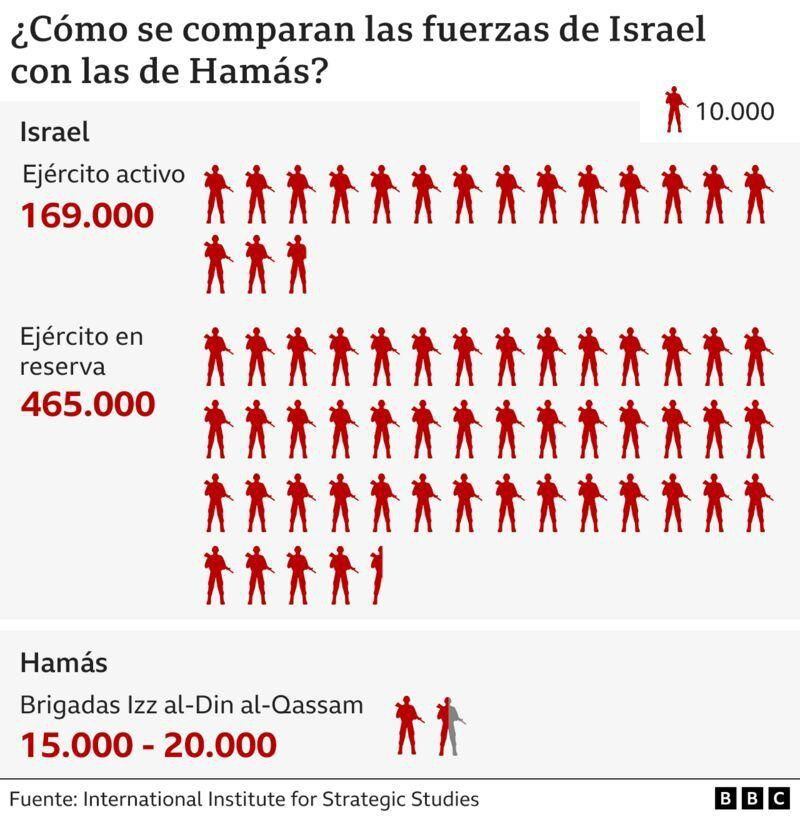
In 2016, he was with Iraqi special forces as they prepared to attack the city of Mosul.
Authorities decided to surround the Islamic militants and ensure they had no escape route. This strategy set the city on the path to a brutal and deadly confrontation.
The day we entered the first district of Mosul, the resistance of the militants was incredible. They fired everything at our convoy, including bullets, grenades and shoulder-launched missiles.
Traps were placed in or on everything imaginable: refrigerators and televisions in people’s homes, as well as pieces of gold and weapons scattered across the floor.
Picking up or stepping on the wrong thing meant death.
These same dangers could also await Israeli troops if they enter Gaza City.
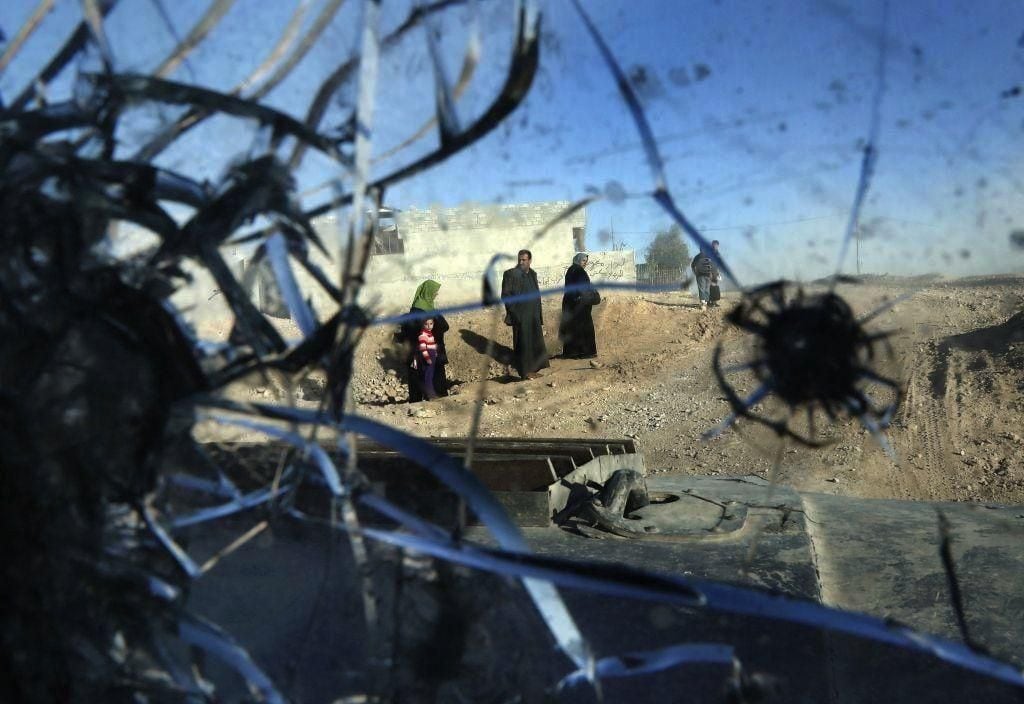
During the final stages of the battle for Mosul, I saw the focus of many Iraqi troops change. The fighting was so intense and dangerous that they could only think about their own survival and could not take risks to try to protect civilians.
Another risk was snipers, hidden among buildings and rubble throughout the city. Iraqi forces have often resorted to using air power to bomb entire areas and hold them.
Israeli forces may face the choice between taking enormous risks to combat Hamas’ well-trained snipers or leveling entire buildings from above to stop them.
The convoy of troops we were traveling with in Mosul was hit by several car bombs and five of the soldiers we were with died in the huge explosion that followed.
The shock that shook the survivors, who saw the men they fought and lived with destroyed by the explosion, was evident.
Hamas is not known for using car bombs, but has deployed lone suicide bombers beforeand the effect this type of attack can have on security forces can be dramatic.
It is unclear how long a ground attack on Gaza could last, but fierce resistance put up by the Islamic State group in Mosul meant it took nine months for Iraqi forces to finally regain control of the city.
A safe step
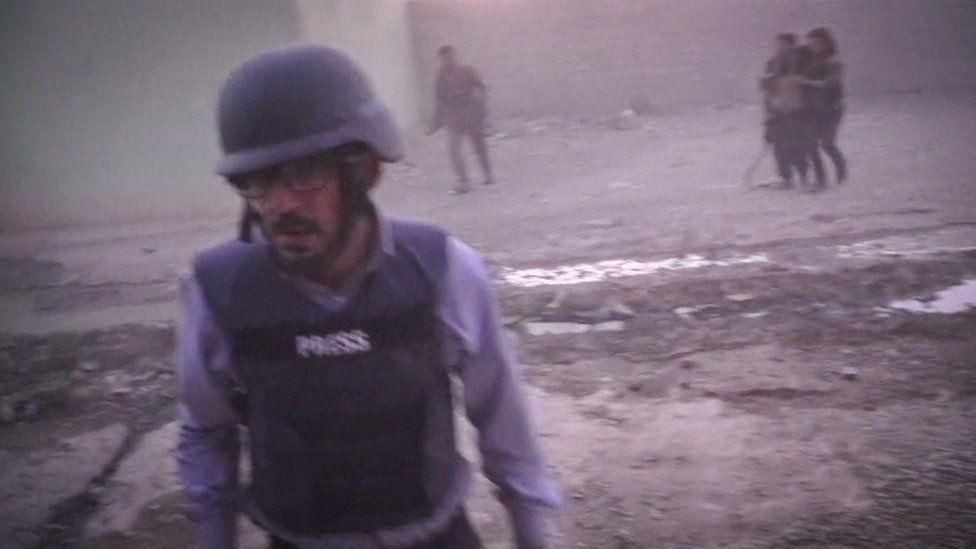
The outcome was very different in the Syrian city of Raqqa in 2017, where a large group of militants was surrounded in a densely populated area.
This time, the US-led coalition and Kurdish forces decided to give the fighters the option to leave.
For many years I reported on the Kurdish fight against IS and one of its leaders took me to a secret meeting with an American commander in Syria. He agreed to a request from local Arab leaders to allow IS fighters and their families to leave Raqqa.
This agreement prevented the city from being completely destroyed by the fighting and meant that the number of casualties among military and civilians was much lower than in Mosul..
The day after the militants left, the civilians who remained in the city left their homes relieved to have survived. They were afraid of dying in a massive attack on the city.
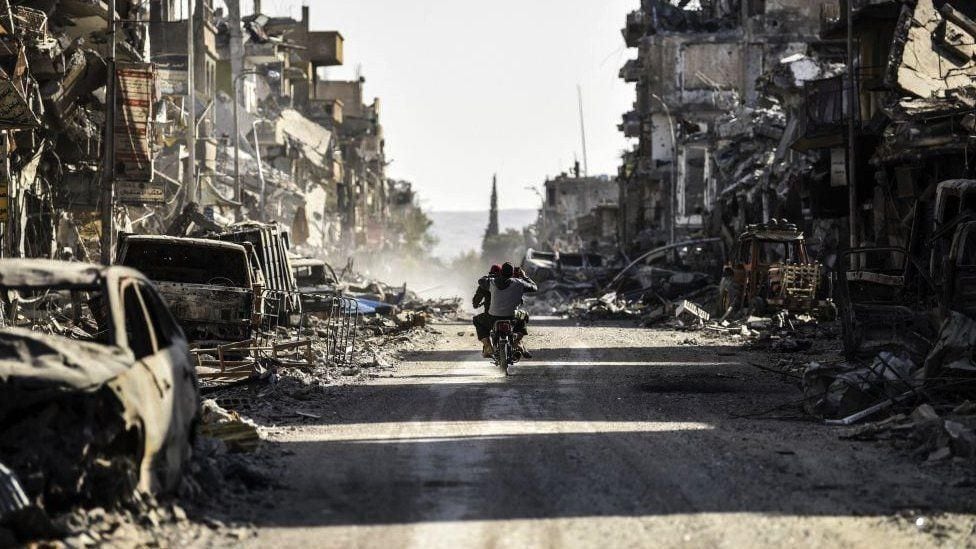
But Gaza’s geography makes it difficult to see how this type of agreement could be an option for Israel and Hamas. Raqqa is a relatively remote city in Syria and fighters who were allowed to leave were allowed to head to the surrounding countryside.
The Gaza Strip is small in comparison and there is no comparable place for Hamas fighters to go.
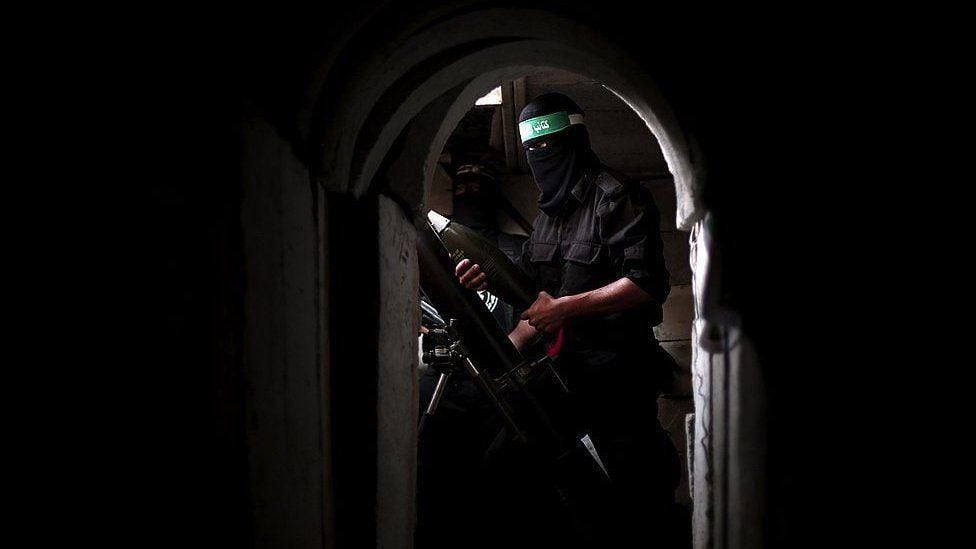
Exile
In the past, arrangements have been made to send people even further. In 1982, the Palestine Liberation Organization agreed to leave Beirut, Lebanon, where it had been surrounded by Israeli forces for three months, and move to several different countries.
PLO leaders went to Tunisia and other members found refuge in North Africa and the Middle East.
While such an agreement might offer a way to minimize fighting and civilian deaths in Gaza, it is difficult to see how it could be politically possible. The Israeli government promised to destroy Hamas after the October 7 attack, and allowing Hamas leadership to escape to a foreign country would provoke a massive public backlash.
But unless another option is found, northern Gaza could become a battleground for bloody street-to-street fighting between Hamas and Israeli forces, and tens of thousands of civilians could be caught in the middle.
Source: Elcomercio
I am Jack Morton and I work in 24 News Recorder. I mostly cover world news and I have also authored 24 news recorder. I find this work highly interesting and it allows me to keep up with current events happening around the world.

:quality(75)/cloudfront-us-east-1.images.arcpublishing.com/elcomercio/APP2QJTWSJB7DAMDB5RTAFJ5AY.jpg)




:quality(75)/cloudfront-us-east-1.images.arcpublishing.com/elcomercio/OC6M24QYRNFSNM7KCR7UUFIIJI.jpg)
